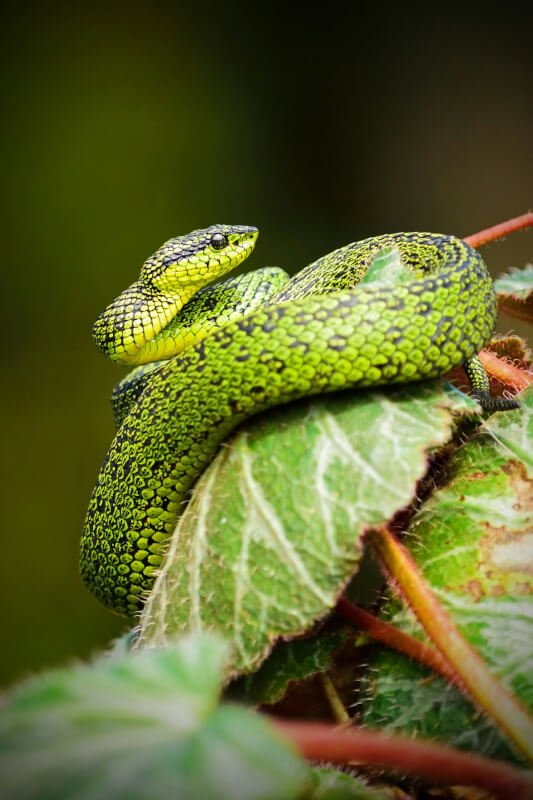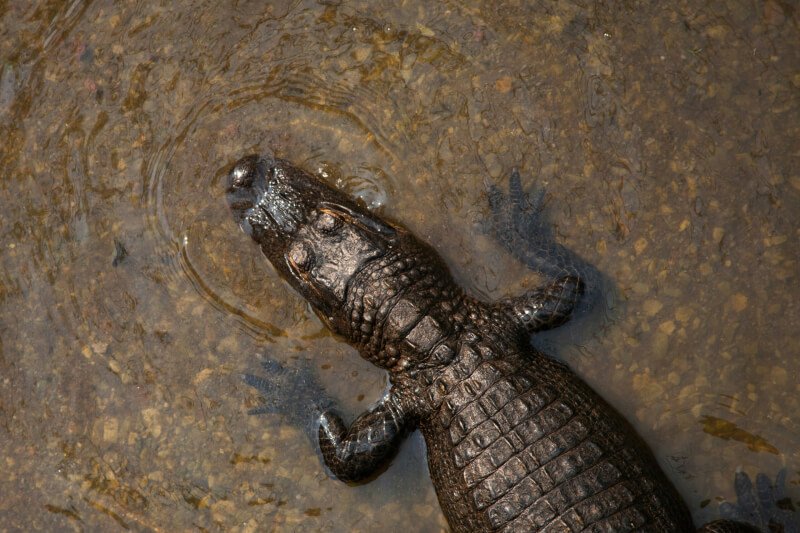So your reptile has managed to slip through the cracks and escape its enclosure. Don’t panic just yet! This article is here to lend a helping hand and guide you on what to do when your scaly friend decides to play an impromptu game of hide and seek. We’ll provide you with practical tips and tricks to safely locate and recover your escaped reptile, ensuring their well-being and your peace of mind.

Securing the Area
When you realize that your reptile has escaped, the first step is to secure the area to prevent further escape or potential harm to your reptile. Identify potential hiding spots, such as small crevices, dark corners, or areas with dense foliage. Block off escape routes by closing off doors and windows that lead outside. Make sure to seal any gaps or cracks in walls or floors where your reptile could potentially squeeze through. Creating a safe space for your reptile is crucial in ensuring their safety and making it easier for you to recover them.
Gathering Information
Before you begin your search, it is important to gather all relevant information about your escaped reptile. Record the species and size of your reptile, as this will help you identify them later. Note any distinguishing features or markings that can aid in their identification. It is also helpful to take a clear photo of your reptile, as you can share this image with others to seek assistance in locating them. Additionally, collect any relevant documents, such as health records or registration papers, which can provide valuable information to those helping you search for your reptile.

Alerting Others
Informing others in your community is essential in increasing the chances of finding your escaped reptile. First, notify your neighbors and building management about the situation. They can keep an eye out for your reptile, especially if it wanders into their property or common areas. It is also crucial to inform local authorities, such as animal control or the police, as they can help spread the word and assist in the search efforts. Reach out to local reptile communities or groups, as their expertise and knowledge can be invaluable in recovering your reptile. Additionally, utilize the power of social media by spreading the word through platforms like Facebook, Instagram, or Twitter. Many animal lovers can lend their support and keep an eye out for your beloved reptile.
Searching the Immediate Area
Now that you have secured the area and alerted others, it’s time to begin the search for your reptile. Start by turning off unnecessary lights to create a calm and less intimidating environment. Use a flashlight and mirror to inspect hidden spots like behind furniture, inside cabinets, or underneath appliances. Don’t forget to look high and low, as reptiles can climb or burrow into unexpected places. Check warm areas or sources of heat, such as radiators or heating vents, as reptiles often seek out these spots to regulate their body temperature. Finally, search inside and behind furniture, as these areas can provide potential hiding spots for your reptile.

Using Lure Techniques
Reptiles are often driven by their food and environmental preferences, so utilizing lure techniques can be highly effective in attracting them back to safety. Temporarily place their empty enclosure with fresh food and water. The familiar sight and smell of their enclosure may entice them to return. Another method is to use their favorite hiding spots as bait. Leave these areas open and provide a warm and comfortable atmosphere by setting up heating pads or lamps nearby. Additionally, playing natural sounds or calls of their species can attract their attention and encourage them to come out of hiding.
Deploying Traps
If your reptile remains elusive, deploying traps can be an effective way to capture them safely. Live traps with appropriate bait can be used, ensuring the bait is enticing but not harmful to your reptile. Glue traps or sticky boards can also be strategically placed along walls or near hiding spots. When the reptile comes into contact with the adhesive surface, it will be unable to free itself. Water-filled buckets with ramps can be set up as well, as reptiles may be drawn to the water and can be guided into the bucket via the ramp. For a more humane approach, consider using box traps that allow you to safely capture the reptile without causing harm or distress.

Seeking Professional Help
If your search efforts have been unsuccessful or if you are unsure of how to proceed, it may be time to seek professional help. Consult a professional reptile tracker, as they specialize in locating and capturing escaped reptiles. They have the expertise and experience to handle different species and can greatly increase the chances of recovering your reptile. Additionally, contact local wildlife or animal control agencies, as they may have resources and personnel who can assist in the search efforts. Another option is to hire a reptile detection dog, who can use their keen sense of smell to track down your reptile. Lastly, consider reaching out to a reptile expert, who can provide valuable advice and guidance throughout the recovery process.
Recovering an Escaped Reptile
If you are fortunate enough to locate your escaped reptile, it is important to approach the situation calmly and cautiously. Move slowly and avoid sudden movements that may startle or provoke your reptile. Use a snake hook or a similar tool to gently guide them towards you or away from potential hazards. If necessary, wear protective gloves to protect yourself and avoid bites or scratches. To avoid further stress, you can cover the reptile with a towel or a blanket, which provides a sense of security for them. Finally, carefully transfer your reptile back to their enclosure, ensuring it is secure to prevent future escapes.

Preventing Escapes in the Future
Once you have successfully recovered your reptile, it is crucial to take steps to prevent future escapes. Secure the enclosure with locks or latches that are specifically designed for reptile enclosures. Regularly inspect and repair any weak spots in the enclosure where your reptile may try to exploit. Consider using escape-proof cage designs that prevent even the most determined reptiles from finding a way out. Monitor the environment for potential hazards or risks, such as loose wires or toxic plants, and remove them promptly. Finally, microchipping your reptile provides an added layer of security, as it helps identify and reunite them with you in the event of another escape.
Safety Considerations
While searching for your escaped reptile, it is essential to prioritize your safety and the safety of those assisting you. Do not attempt to handle venomous reptiles, as their bites can be dangerous or even fatal. Be cautious of defensive behaviors exhibited by reptiles, such as hissing, biting, or tail rattling. Avoid using harmful or toxic substances during the search, as this can pose a risk to both your reptile and yourself. Keep children and pets away from the search area to prevent any potential accidents or conflicts. By prioritizing safety, you can ensure a smooth and successful search for your escaped reptile.
In conclusion, dealing with an escaped reptile can be a stressful experience, but with the right strategies and protocols in place, you can increase the chances of safely recovering your beloved pet. Remember to secure the area, gather relevant information, alert others, search meticulously, use lure techniques and traps appropriately, seek professional help when needed, and approach the recovery process with caution. By implementing preventative measures and prioritizing safety, you can minimize the risk of future escapes and provide a secure and thriving environment for your reptile.


